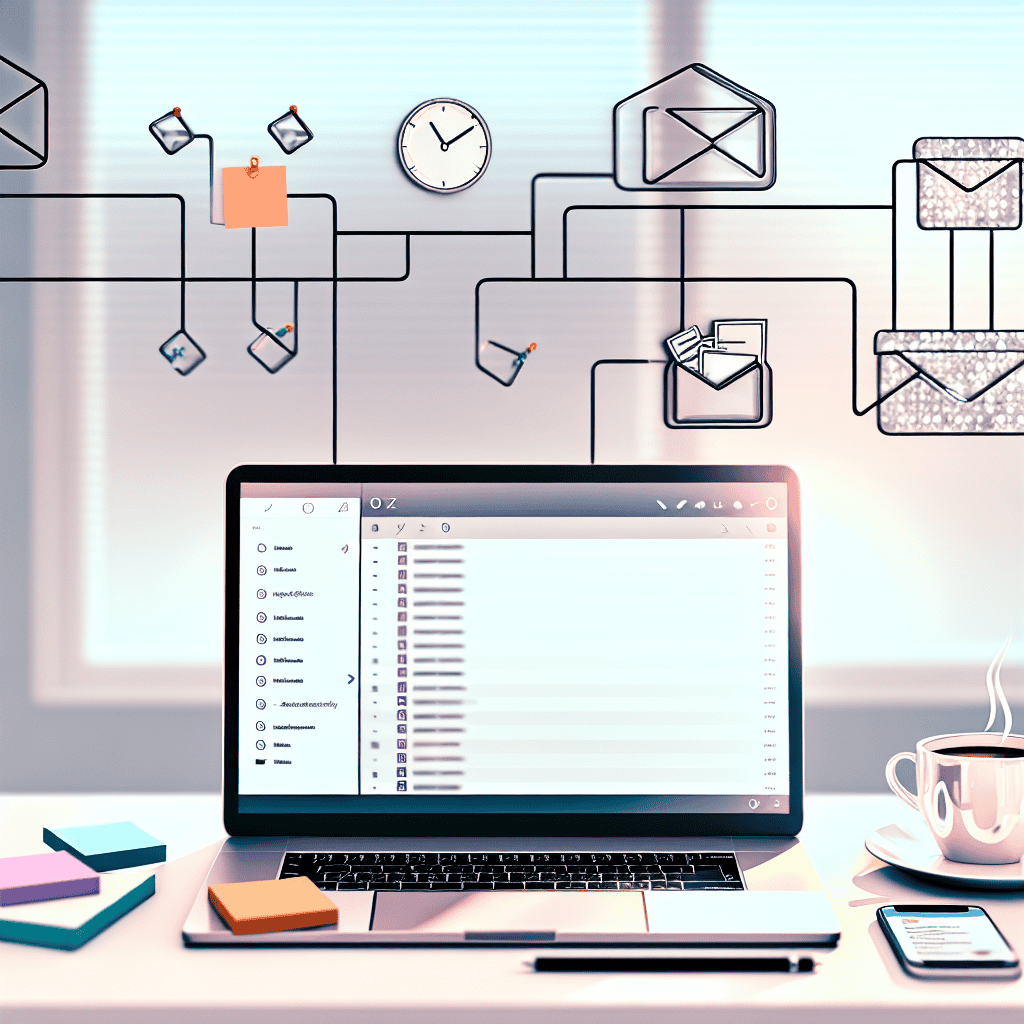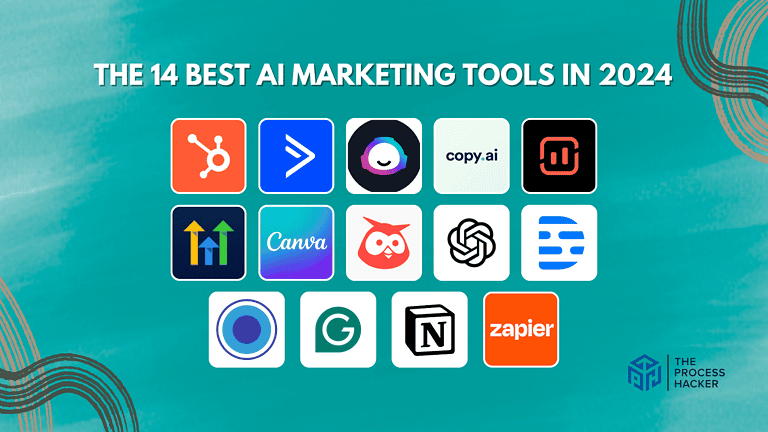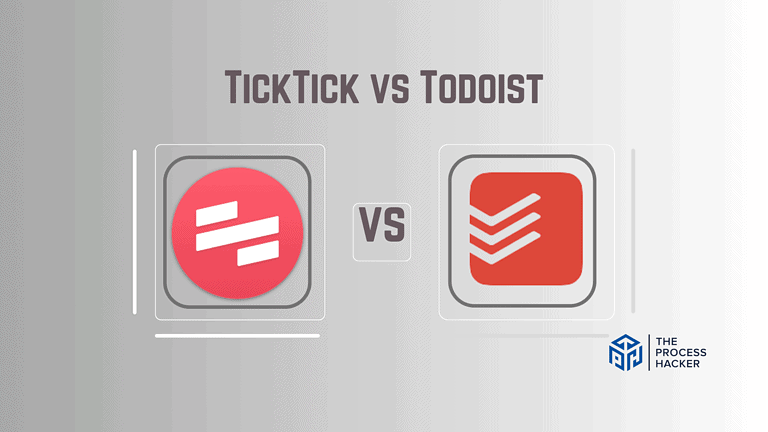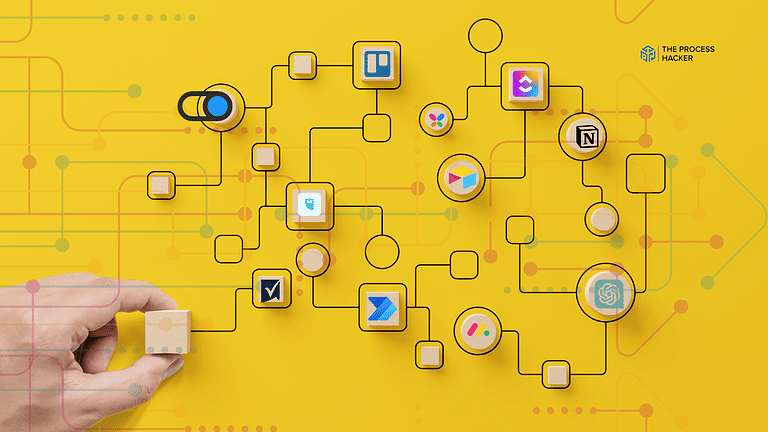How to Automate Emails: A Game-Changer for Small Business Owners
Did you know there are 4 billion email users every day? That’s a huge market, right? Imagine waking up every morning to a smoother business with continuously engaged customers without you having to lift a finger in marketing.
Email automation can make this a reality for you in 2024. Whether launching a new product, nurturing leads, or keeping your audience informed, automating your email marketing strategy can dramatically enhance your business’s efficiency and effectiveness.
Ready to take your business to the next level? Start automating your email marketing today! You don’t need to be a tech wizard; modern tools are designed, making it easy to set up and start seeing results quickly.
What is Email Automation?
Email automation is a strategy that uses software to send emails automatically based on predetermined triggers, schedules, and subscriber behaviors. This technology allows you to deliver highly personalized and timely messages to your customers without manual input for each communication.
Once set up, email automation handles everything, whether you’re confirming an order, responding to a customer inquiry, or sending out a newsletter, ensuring consistent and efficient communication. It’s not just about sending emails—it’s about sending the right email to the right person at the perfect moment, making your marketing strategy more effective and streamlined.
Why You Should Master Email Automation
As a small business owner, your time and resources are precious. Email automation frees you from the shackles of manual email tasks, allowing you to focus on strategic initiatives that drive your business forward. It’s like having an extra pair of hands dedicated to nurturing leads, engaging customers, and boosting sales, all while you focus on the big picture.
But the benefits go far beyond just saving time. Mastering email automation can significantly increase customer engagement and loyalty as you deliver personalized and timely promotional messages that resonate with your audience. This, in turn, can lead to a substantial boost in sales and revenue as you guide leads through the sales funnel with targeted and persuasive email campaigns.
Moreover, email automation provides valuable data and insights into customer behavior, allowing you to refine your marketing strategies and make data-driven decisions. It streamlines your marketing efforts, ensuring that the right message reaches the right person at the right time, maximizing overall marketing efficiency.
How to Send Automated Emails Like a Pro
Embarking on the journey of email automation may initially seem overwhelming, but with a structured approach, you can quickly master it. Here’s a step-by-step guide to help you navigate the process, ensuring you send automated marketing emails like a pro.
1. Choose the Right Email Automation Tool
The foundation of successful email automation lies in selecting the right tool for your needs. With a plethora of email marketing software available, it’s essential to research and find the perfect fit for your business.
Start by exploring popular email marketing platforms like ConvertKit and ActiveCampaign and comparing their features. Look for user-friendly tools that seamlessly integrate your existing systems and fit your budget. Most importantly, ensure the platform boasts robust automation capabilities, allowing you to create sophisticated workflows and triggers.
Don’t hesitate to read reviews from other users and take advantage of free trials to get a feel for the platform before committing. Remember, the right tool will empower you to easily create and manage automated email campaigns, setting you up for success.
2. Define Your Email Automation Goals
Before diving into the nitty-gritty of setting up automated incoming emails, it’s crucial to establish clear goals for what you want to achieve. This will guide your strategy and ensure your efforts are aligned with your overall business objectives.
Start by identifying specific objectives for your email automation campaigns. Do you want to nurture leads, convert prospects into paying customers, or enhance customer retention? Each goal requires a different approach, so clarity is key.
Once you’ve defined your objectives, ensure they align with your broader business goals. For an automated email example, if your business aims to increase revenue by 20% this year, your campaigns should support this objective by focusing on lead generation and sales conversion.
Finally, set measurable key performance indicators (KPIs) for each automated email campaign. This could include metrics like open rates, click-through rates, conversion rates, and revenue generated. Tracking these KPIs will allow you to gauge the effectiveness of your campaigns and make data-driven adjustments as needed.
3. Segment Your Audience
One-size-fits-all emails are a thing of the past. To truly connect with your audience and drive results, it’s essential to segment your email list into targeted groups. This allows you to deliver personalized messages that resonate with each segment’s specific needs and interests.
Start by analyzing your customer data to identify key segments. Consider factors like demographics, purchase history, interests, and engagement levels. Create buyer personas for each segment, outlining their pain points, motivations, and preferences.
Use behavioral data to refine your segments further. Track how individuals interact with your emails and website, and use this information to create even more targeted campaigns. For example, you could segment based on which links people click in your emails or which products they view on your site.
Set up dynamic segmentation based on user actions. This allows you to move people between segments as their behavior changes automatically. For instance, if someone starts engaging with your emails more frequently, they could be moved to a “highly engaged” segment and receive more targeted content.
4. Create Compelling Email Templates
Your branded email templates are your digital storefront, so making a strong first impression is crucial. Design branded templates that reflect your business identity and resonate with your audience. Use colors, fonts, and imagery that align with your brand aesthetic and create a cohesive visual experience.
Craft attention-grabbing subject lines that entice recipients to open your emails. Keep them concise, intriguing, and relevant to the email content. A well-crafted subject line can significantly boost your open rates and set the stage for engagement.
Write persuasive and engaging email copy that speaks directly to your audience’s needs and pain points. Use clear and concise language, avoid jargon, and focus on the benefits of your products or services. Tell a story, share valuable insights, or offer exclusive promotions to keep your readers hooked.
Include clear calls to action (CTAs) in each email, guiding recipients to the desired action. Whether it’s visiting your website, downloading a resource, or making a purchase, your call to action should be prominent, specific, and easy to follow.
5. Set Up Automated Email Workflows
Now comes the exciting part: bringing your email marketing automation strategy to life by setting up automated workflows. Think of these workflows as carefully choreographed sequences that guide your subscribers through different customer journey stages.
Start by mapping out customer journeys for different segments. Consider their typical path from initial awareness to loyal customers, and identify key touchpoints where automated emails can make a difference.
Create triggered personalized emails based on specific actions or events. For instance, trigger a welcome email when someone signs up for your newsletter. If they abandon their cart, send a reminder email. These timely and relevant automated messages can significantly improve engagement and conversions.
Implement drip campaigns for lead nurturing. Drip campaigns are a series of automated emails sent over time to educate and nurture leads, gradually moving them closer to a purchase decision. Each email builds on the previous one, providing valuable information and establishing trust.
Set up welcome sequences for new customers. A well-crafted welcome series can make a lasting impression and set the tone for future interactions. Use these emails to introduce your brand, showcase your products or services, and offer exclusive incentives.
Develop re-engagement campaigns for inactive customers. Don’t let dormant subscribers slip away. Re-engagement campaigns can reignite their interest and encourage them to interact with your brand again. Offer special discounts, share exciting news, or simply remind them of the value you provide.
6. Test and Optimize Your Automated Email Campaigns
Launching your automated email campaigns is just the beginning. The key to maximizing their effectiveness lies in continuous testing and optimization.
Conduct A/B tests on various elements of your emails, such as subject lines, content, and CTAs. By comparing the performance of different variations, you can identify what resonates best with your audience and refine your approach accordingly.
Monitor key metrics like open rates, click-through rates, and conversions. These metrics provide valuable insights into how your audience is engaging with your emails and help you identify areas for improvement.
Continuously refine your automated emails based on performance data. Don’t be afraid to experiment with different approaches and make data-driven adjustments to your campaigns. The more you test and optimize, the better your results will be.
Stay up-to-date with email marketing best practices and trends. Email marketing is constantly evolving, so staying informed about the latest techniques and strategies is crucial. This will ensure your automated emails remain effective and continue to drive results for your business.
Key Considerations for Successfully Automating Emails
While email automation is a powerful tool, it’s essential to approach it strategically to ensure optimal results. Keep these key considerations in mind:
Quality over Quantity
Bombarding your subscribers with irrelevant or excessive emails can lead to disengagement and unsubscribes. Instead, prioritize delivering valuable, informative, engaging content that resonates with your audience’s interests and needs.
Focus on providing solutions, insights, or entertainment that keeps them returning for more. Remember, each email is an opportunity to build trust and strengthen your relationship with your subscribers.
Personalization is Key
Gone are the days of generic, mass emails. Today’s consumers expect personalized experiences that cater to their preferences and behaviors. Use the data you have about your subscribers to tailor your messages accordingly.
Use their names, reference their past purchases or interests, and recommend products or content that meet their needs. Personalization demonstrates that you value your subscribers and understand their unique requirements.
Data-Driven Decisions
Don’t rely on guesswork when it comes to your email automation strategy. Utilize the wealth of data available to you to make informed decisions and optimize your campaigns.
Track key metrics like open rates, click-through rates, conversions, and unsubscribes. Analyze this data to identify trends, understand what’s working and what’s not, and make data-driven adjustments to improve your results over time.
Compliance
Respect your subscribers’ privacy and adhere to relevant data privacy regulations, such as the GDPR and CAN-SPAM Act. Obtain explicit consent before adding individuals to your email list and provide them with a clear and easy way to unsubscribe if they choose.
Avoid deceptive subject lines or misleading content; ensure your emails are transparent and honest. By prioritizing compliance, you build trust with your audience and protect your business from legal repercussions.
Advanced Email Automation Strategies
To elevate your email automation beyond the basics and achieve outstanding results, consider implementing these advanced strategies:
Implement personalization using dynamic content
Go beyond simply adding a recipient’s name to the email. Leverage dynamic content to tailor the entire message based on their data, such as their location, interests, purchase history, or behavior on your website.
This level of personalization creates a highly relevant and engaging experience for each recipient, increasing the likelihood of conversions and fostering stronger customer relationships.
Integrate your email automation with your CRM and other marketing tools
Break down data silos and create a unified view of your customer interactions by integrating your email automation platform with your customer relationship management and other marketing tools.
This allows you to track customer journeys across different touchpoints, gain deeper insights into their preferences, and deliver a seamless, personalized experience across all channels.
Use AI-powered tools for predictive analytics and content optimization
Harness the power of artificial intelligence to take your email automation to the next level. AI-powered tools can analyze vast amounts of customer data to predict future behavior, enabling you to send highly targeted and timely emails anticipating your subscribers’ needs.
Additionally, AI can help you optimize your email content by suggesting subject lines, CTAs, and even entire email copy variations that are most likely to resonate with your audience.
Explore multi-channel automation to create cohesive customer experiences
Don’t limit your automation efforts just to email. Embrace a multi-channel approach and automate your marketing across various platforms, such as social media, SMS, and direct mail.
This ensures a consistent and personalized experience for your customers, regardless of how they interact with your brand. Orchestrating your messaging across multiple channels can also reinforce your brand message and nurture leads more effectively.
Taking it to the Next Level: Get ConvertKit
If you’re serious about maximizing the potential of email automation and streamlining your marketing efforts, consider investing in a robust platform like ConvertKit. Designed with creators and small businesses in mind, ConvertKit empowers you to build meaningful relationships with your audience through personalized, automated email campaigns.
With its intuitive interface, powerful automation features, and seamless integrations, ConvertKit makes it easy to create captivating email sequences that nurture leads, drive sales, and foster customer loyalty. Whether you’re a seasoned marketer or just starting out, ConvertKit provides the tools and support you need to achieve your email marketing goals.
Alternatives to Email Automation
While email automation offers numerous advantages, it’s important to be aware of alternative marketing strategies you can utilize:
1) Manual email marketing campaigns
Manually crafting and sending personalized email campaigns can be an option for those with smaller email lists or prefer a more hands-on approach. However, this method can be time-consuming and may need to be more sustainable as your business grows.
2) Social media marketing
Engaging with your audience on social media platforms can be a great way to build brand awareness and foster community. However, remember that social media algorithms can change, affecting your organic reach.
3) SMS marketing
Text message marketing provides a direct and immediate way to reach your customers. However, it’s crucial to obtain explicit consent before sending SMS messages and ensure your messages are concise and valuable.
4) Direct mail campaigns
Tangible marketing materials like postcards or brochures can make a lasting impression and cut through the digital clutter. However, direct mail can be costly and unsuitable for all businesses.
Remember, the most effective marketing strategy often involves a combination of different tactics. Experiment with various approaches to find the best for your business and audience.
Final Thoughts on Email Automation
Email automation is a transformative tool for small business owners, offering a streamlined way to maintain consistent customer communication while enhancing overall marketing efficiency.
By automating your email communications, you’re not just sending messages; you’re nurturing relationships, driving sales, and building a loyal customer base with minimal manual effort. The key to success lies in choosing the right platform, setting clear objectives, and continuously optimizing your campaigns based on data-driven insights.
As technology evolves, embracing tools like AI for predictive analytics and integrating across multiple channels will further enhance the effectiveness of your automated strategies. Whether you’re just starting or looking to refine your existing approach, mastering email automation can significantly contribute to your business’s growth and success in the digital age.







